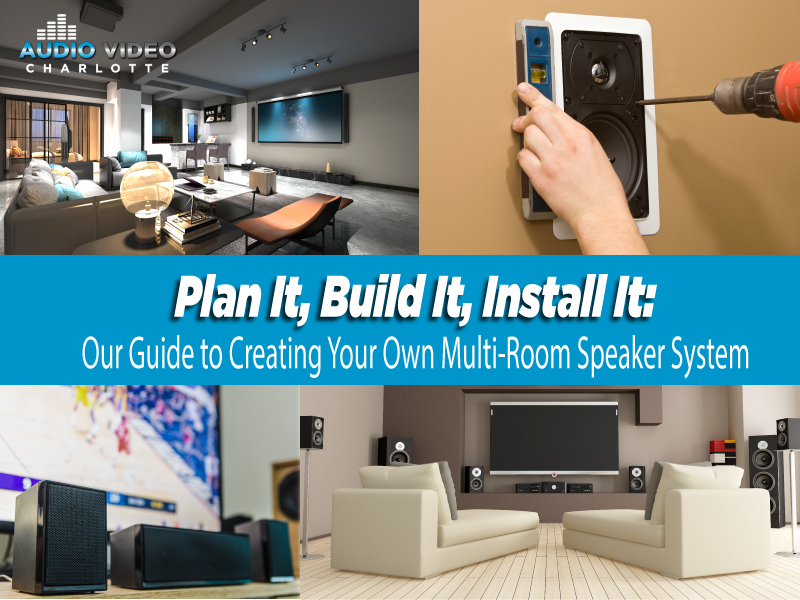Essential Tactics for Optimizing Connections and Connectivity in Audio-Visual Setups
When setting up AV installations, the importance of wiring and signal transmission is vital. Proper infrastructure does more than just ensures that sound and image quality are retained but also delivers the reliability of the overall system. In any AV arrangement, whether for a learning environment, corporate space, or residential cinema, optimizing the network cabling can lead to enhanced performance and fewer technical issues. This guide will explore essential strategies for improving cable management and connectivity in AV solutions.
The primary step in enhancing audio-visual systems is to choose the suitable cables for the application. Different types of cables perform specific purposes, so selecting appropriate ones is important. For example, HDMI cables are standard for transmitting high-definition visual and acoustic signals. In comparison, balanced audio cables like XLR can reduce distortion in sound systems. It is vital to evaluate the distance and durability of these cables, as longer cables can result in signal degradation. By purchasing premium cables that match the precise needs of the AV configuration, users can significantly enhance total performance.

Another essential strategy is structuring the wiring efficiently. A well-organized wiring system not only seems cleaner but also supports functionality. Using cable management accessories like clips, ties, or sleeves can aid maintain wires orderly and prevent tangling. This layout also makes it easier to diagnose any issues that may emerge. Labeling each cable according to its function or origin can save time during repairs or repairs. A logical layout helps technicians readily identify connections, which is especially beneficial in large-scale systems with multiple devices.
Additionally, analyzing the configuration of the environment is crucial for improving connectivity. The positioning of devices can affect how signals travel through cables. Placing devices too far visit this page apart may necessitate longer cables or signal boosters, which can be resource-intensive and affect quality. It is helpful to map out the arrangement of equipment carefully, taking into account the spacing between devices and potential interferences such as walls or furniture. This strategic placement can minimize issues related to signal loss and strengthen transmission throughout the AV system.
Regular system inspections are another critical strategy for supporting optimal functionality of AV cabling and connectivity. Over time, cables may become worn due to usage or wear and tear. Routinely inspecting all connections helps identify potential problems before they develop into major issues. Replacing worn-out cables and maintaining connectors can maintain signal quality and support the system operates smoothly. Maintaining a checklist for periodic maintenance can help users stay educational institution audiovisual setups on top of this aspect of their AV setups.
Finally, keeping up-to-date about modern innovations and standards is essential for anyone involved in AV solutions. The industry is consistently evolving with advancements in technology that can enhance integration and efficiency. Participating in training sessions, reading industry publications, or joining professional associations can offer insightful information into effective methods and up-to-date technologies in the industry. By adopting these innovations and integrating them to legacy systems, users can evolve their AV installations continuously while ensuring they remain current with industry trends.
In summary, optimizing wiring and signal management in AV solutions requires strategic choice of cables, organized management, strategic space design planning, routine maintenance checks, and remaining current on industry innovations. By utilizing these practices, users can realize enhanced performance and reliability in their audio-visual setups, ultimately leading to a more enjoyable experience for everyone involved.